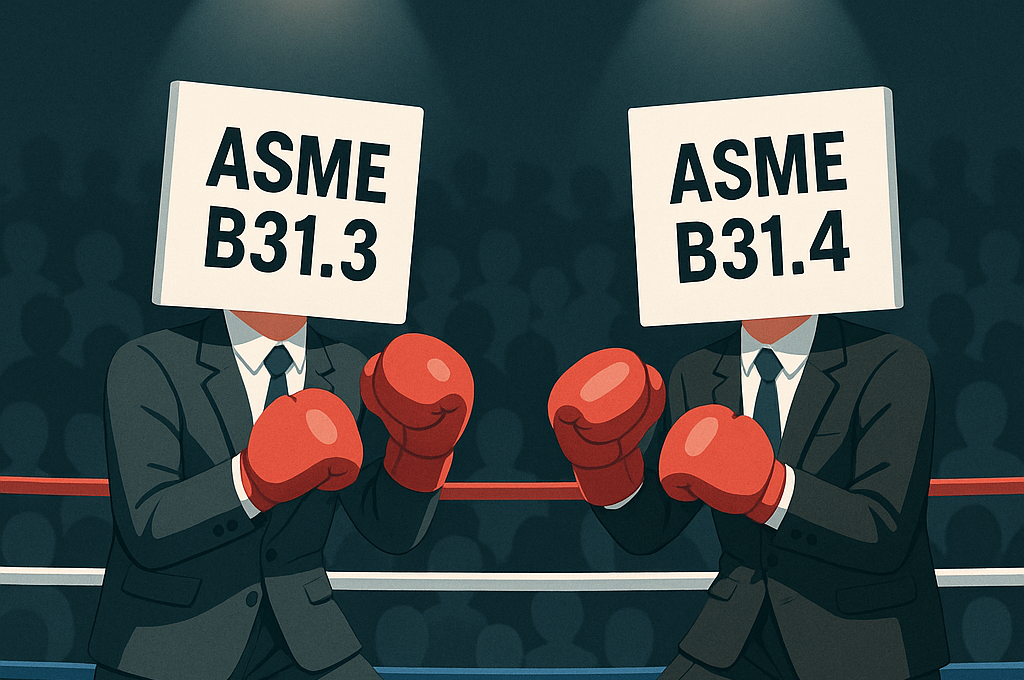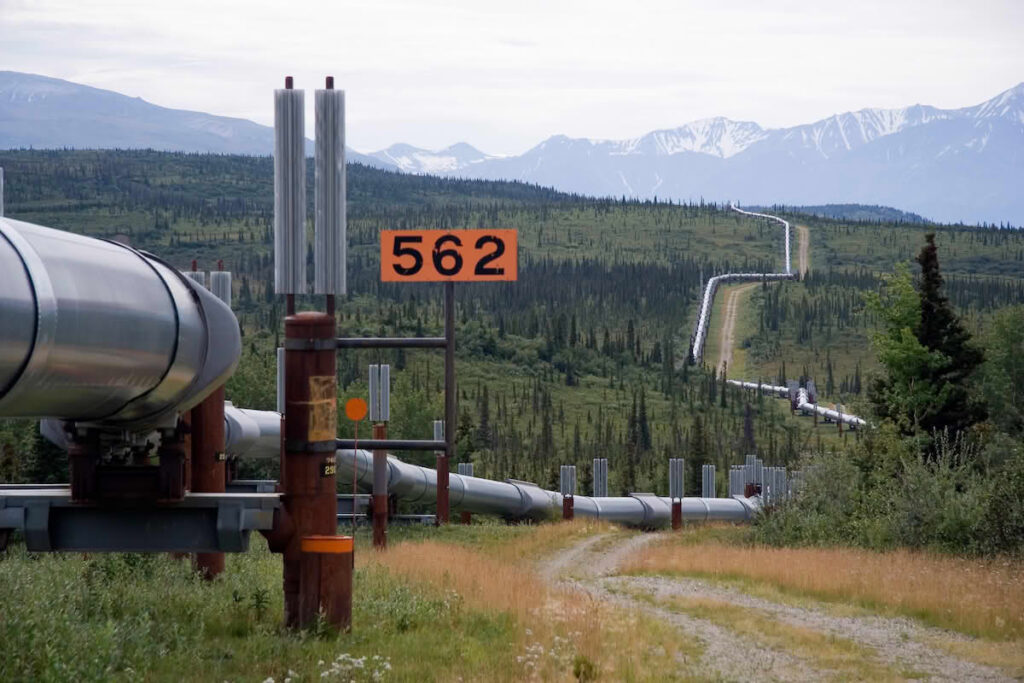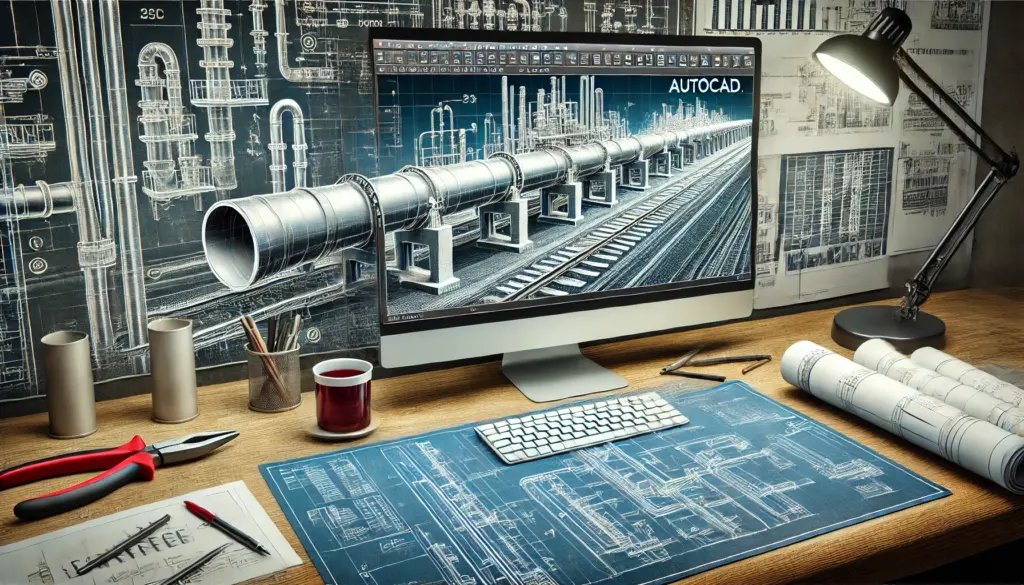In modern pipeline engineering, crossing natural and man-made obstacles, such as rivers, highways, and urban areas, is a common challenge. To minimize environmental and social impacts, non-disruptive crossing techniques are increasingly used. These methods, including Horizontal Directional Drilling (HDD), microtunneling, and thrust boring, allow for the installation of pipelines without significant surface disruption. This article explores the principles, applications, and considerations involved in these non-disruptive crossing techniques, highlighting their importance in contemporary pipeline design.
Horizontal Directional Drilling (HDD)
Overview
Horizontal Directional Drilling (HDD) is a trenchless technology widely used for installing pipelines beneath obstacles like rivers, roads, and sensitive environmental areas. HDD involves drilling a pilot hole along a predetermined path and then enlarging it to accommodate the pipeline. The pipeline is then pulled into place through the enlarged hole.
Applications
HDD is particularly useful in situations where open trenching would be impractical or environmentally damaging. Common applications include crossing beneath rivers, wetlands, highways, and densely populated urban areas. The technique is favored for its minimal environmental impact and ability to maintain the structural integrity of the ground surface above the pipeline.
Design Considerations
Designing an HDD crossing requires careful planning and engineering expertise. Key considerations include:
- Soil and Geotechnical Conditions: Understanding the soil and subsurface conditions is crucial for determining the feasibility of HDD. Soft soils, such as clays and sands, are generally favorable, while rocky or highly variable conditions can present challenges.
- Bore Path Design: The bore path must be carefully planned to avoid existing utilities, maintain the required depth, and minimize the curvature of the pipeline. Excessive curvature can lead to difficulties in pipeline installation and increase the risk of damage.
- Drilling Fluids: Drilling fluids are used to stabilize the borehole, remove cuttings, and reduce friction during pipeline installation. The selection and management of drilling fluids are critical to the success of the HDD operation.
- Environmental Impact: Although HDD is less disruptive than traditional methods, it can still impact the environment, particularly if drilling fluids escape into surrounding areas. Careful monitoring and management are required to mitigate these risks.
Microtunneling
Overview
Microtunneling is a trenchless technology used for installing pipelines with a high degree of precision. The process involves the use of a remotely controlled, guided boring machine that creates a tunnel through which the pipeline is installed. The machine is typically jacked forward from a launch shaft to a reception shaft, with the pipeline being installed as the machine progresses.
Applications
Microtunneling is ideal for situations where precise control over the bore path is required, such as in urban environments with dense utility networks or in areas with complex geological conditions. It is also used for installing pipelines under sensitive structures, such as buildings and railways, where settlement and ground disturbance must be minimized.
Design Considerations
Key considerations for microtunneling design include:
- Bore Path Accuracy: Microtunneling allows for precise control over the bore path, making it suitable for installations that require exact alignment. The guidance system ensures that the pipeline follows the planned path with minimal deviation.
- Ground Conditions: Microtunneling can be used in a variety of ground conditions, including soft soils, hard clays, and even rock. However, the selection of the tunneling machine and cutting head must be tailored to the specific ground conditions.
- Jacking Force: The jacking force required to push the tunneling machine and pipeline through the ground must be carefully calculated to avoid damaging the pipeline or causing excessive settlement. This is particularly important for long or deep installations.
- Settlement Control: Minimizing ground settlement is a primary concern in microtunneling, especially when working beneath structures. Techniques such as soil conditioning and pressure control within the tunnel can help reduce settlement risks.
Thrust Boring
Overview
Thrust boring, also known as auger boring or pipe jacking, is a trenchless method used to install pipelines by driving a steel casing through the ground using a jacking machine. The casing is then filled with the pipeline, and the surrounding annulus can be grouted to provide additional support.
Applications
Thrust boring is commonly used for crossing beneath roads, railways, and other obstacles where maintaining surface integrity is essential. It is particularly effective for short to medium-length crossings and is often used for installing water, sewer, and utility pipelines.
Design Considerations
When designing a thrust boring project, engineers must consider the following:
- Bore Length and Diameter: The length and diameter of the bore are key factors in determining the feasibility of thrust boring. Longer bores require more powerful jacking equipment and careful alignment to prevent deviation.
- Soil Stability: Soil stability is critical in thrust boring operations. Loose or unstable soils can cause the bore to collapse, leading to delays and potential failures. Soil investigations are necessary to assess stability and determine the need for soil stabilization measures.
- Jacking Force: Similar to microtunneling, the jacking force required to push the casing through the ground must be calculated accurately. Overloading the jacking equipment can lead to failures, while insufficient force can result in incomplete installation.
- Casing and Grouting: The steel casing used in thrust boring must be designed to withstand the jacking forces and soil pressures encountered during installation. Additionally, grouting the annular space between the casing and the pipeline can provide extra support and prevent ground movement.
Comparison of Techniques
While HDD, microtunneling, and thrust boring all offer non-disruptive solutions for pipeline crossings, each method has distinct advantages and limitations:
- HDD is highly flexible and can be used for long-distance crossings and complex paths, but it requires careful management of drilling fluids and is less suitable for hard rock conditions.
- Microtunneling offers the highest level of precision and is ideal for urban environments or areas with strict settlement controls, but it is typically more expensive and complex than other methods.
- Thrust boring is cost-effective for shorter crossings and less complex installations but is limited by bore length and soil stability considerations.
Conclusion
Non-disruptive crossing techniques such as HDD, microtunneling, and thrust boring are essential tools in modern pipeline engineering. They allow for the installation of pipelines in challenging environments while minimizing surface disruption, environmental impact, and social inconvenience. Selecting the appropriate method requires a thorough understanding of the project’s specific conditions, including ground characteristics, environmental sensitivity, and operational requirements. By leveraging these techniques, engineers can design pipeline crossings that are safe, efficient, and sustainable, ensuring the continued success of infrastructure projects in increasingly complex and regulated environments.





